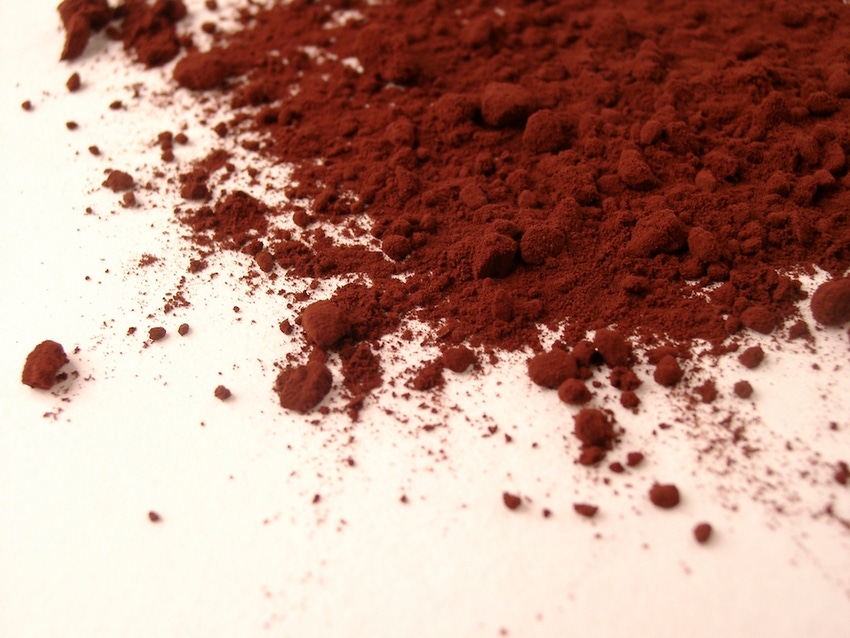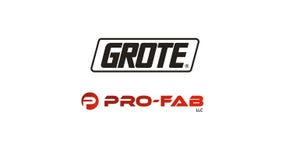November 25, 2019

By Paul Cartwright, D. Phil, Stonehouse Process Safety, stonehousesafety.com
If you are operating a facility that handles or processes combustible powders or dusty materials, then you are obliged by NFPA 652 to have COMPLETED your Dust Hazard Analysis (DHA) by Sept. 7, 2020.
This is not the first time we have written about NFPA 652 in Powder and Bulk Solids, but time marches on and we find we are just a few short months away from the deadline. In fact, the hard deadline is a little more nuanced, and not in most owner/operators’ favour. In the details of the standard it turns out that for existing facilities it is simply not good enough to leave everything until the last minute. There is a requirement for the owner/operator of the facility to demonstrate that the facility is making good progress with its DHA in the run up to the deadline. Even more, if you have a new facility, you are expected to have already completed your DHA!
So, what is it exactly that you should be doing to comply with the standard? What exactly is a DHA?
A Dust Hazard Assessment (DHA) provides a means of identifying and evaluating the powder/dust fire, deflagration, and explosion hazards on your facility. Having identified the hazards, the DHA then needs to go on to recommend how these identified hazards are to be managed.
In practice, many companies will bring in a specialist from outside their organization to undertake their DHA. This is not essential, but the standard does state that the ‘assessment’ is performed or led by a ‘qualified person’. From our experience, it is essential that the assessor is not only ‘qualified’ but is widely experience in the field of dust explosion hazard assessment work. It is easy for an inexperienced assessor to miss subtle potential ignition sources (static electricity, self-heating, etc.) or alternatively to go ‘over the top’ and produce recommendation that are not only excessive or restrictive but are expensive to implement too.
A good DHA from our perspective begins with an understanding of the powder processes involved. It then brings together the knowledge of the operating staff of the facility with the specialist expertise of the assessor to identify where fire, flash fire, and explosion hazards can exist. Having identified these at-risk areas, all the possible fire and deflagration scenarios need to be evaluated. This will involve identifying safe operating criteria, establishing that appropriate safeguards are in place (e.g. explosion relief venting, explosion isolation, explosion suppression). Where existing safeguards are deemed to be inadequate, recommendations are required to make change. There also needs to be a plan of action to ensure that whatever changes are recommended, they are properly implemented and in a timely manner.
As experience assessors of dust explosion risk, it is interesting to occasionally encounter resistance to best practice from owner/operators who have been in the powder processing business for a long time. “Such precautions are clearly not needed. This plant has been operating for over 20 years and we’ve never had a dust fire or explosion,” for example. There are two answers to this objection:
· NFPA 652 [2019 Edition] clause 7.1.3 states specifically “The absence of previous incidents shall not be used as the basis for not performing a DHA.”
· And from the experienced dust explosion assessor: “Pretty much all companies that experience a dust explosion have also never had one before.”
One final tip: Consider if you would benefit from collecting dust explosion test data on the materials you have on your facility. Not all dusty powders are combustible, thermally unstable, or capable of dust explosion--in which case a DHA is not required. But if you are processing a combustible powder it is worth noting that the ‘explosion sensitivity’ and ‘explosion severity’ of powders differ enormously, and this can have considerable impact on the precaution required to mitigate the hazards. Dust explosion and combustibility testing in our own laboratories is a testament to this. One powder cloud can get ignited with an ease that almost equals a flammable gas-air mixture, whereas others may require nothing short of a blow-torch to get them to barely glow.
Our advice: If you are operating an existing facility that handles or processes combustible powders or dusty materials, delay no longer. Sept. 7, 2020 is just nine months away.
For more information on NFPA 652 or a dust hazard analysis, visit stonehousesafety.com or contact Stonehouse Process Safety at (609) 455-0001 or [email protected].
For more news headlines, articles, and equipment reviews, visit our Equipment Zones
More Combustible Dust articles:
2019 Mid-Year Combustible Dust Incident Report Released
You May Also Like


